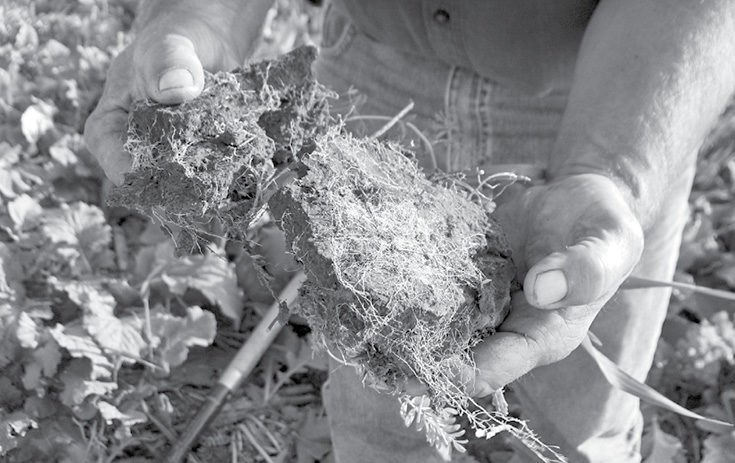No-Till Farmer
Get full access NOW to the most comprehensive, powerful and easy-to-use online resource for no-tillage practices. Just one good idea will pay for your subscription hundreds of times over.

When the owners of Cronin Farms near Gettysburg, S.D., compared input costs to net profits in 1989, it was clear there was room for improvement in their farming process. Together with their farm manager of 41 years, Dan Forgey, and the rest of the farm’s employees, they began investigating the benefits of no-till.
“Dwayne Beck of the Dakota Lakes Research Center started presenting no-till information in 1989,” Forgey explains. “As he went through the details of practicing no-till at a meeting, everyone in the room laughed — except Ralph Holzwarth.”
Forgey recalls that Holzwarth, a neighboring farmer, decided to implement some of Beck’s suggestions. While the results of his modified practices weren’t evident for several years, Holzwarth’s action caught the attention of other Potter County farmers. One by one, they began folding no-till practices into their farming operations, too. Cronin Farms could be found among the early adopters.
“We listened to Beck a lot the first couple years,” Forgey says. “We made a lot of mistakes, especially with the chemical end of it. It took time to learn how to do it right.
“As the years went by, we could see we were saving time and money. We started seeking out more information on our own, developing rotation plans and keeping up on the latest no-till developments.”
Cronin Farms now rotates 11 different crops on the farm’s 8,900 acres of farmland. In the past few years, they’ve begun cultivating forage cover crops on some of the fields…